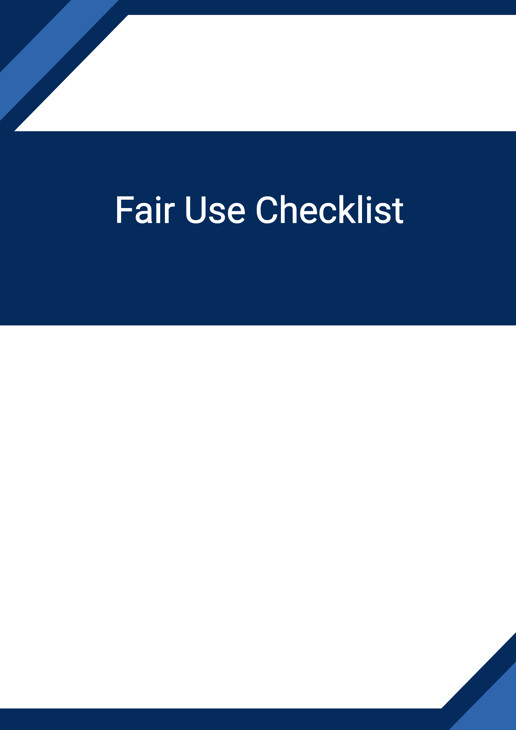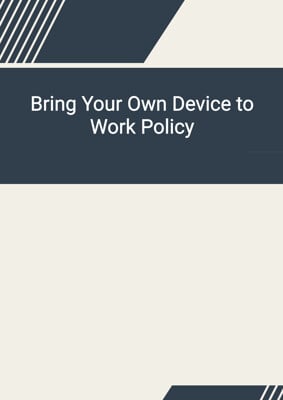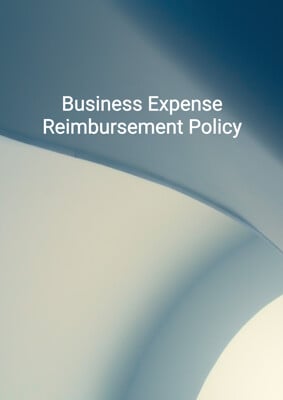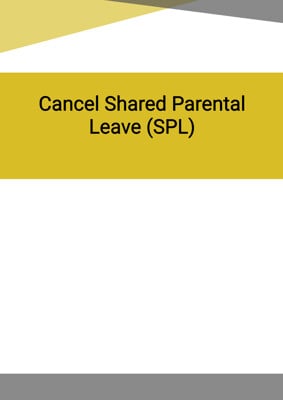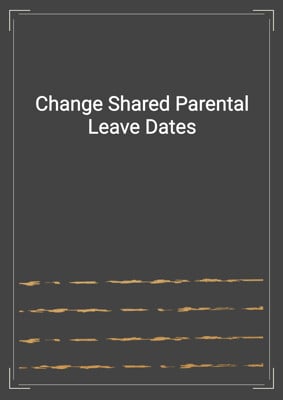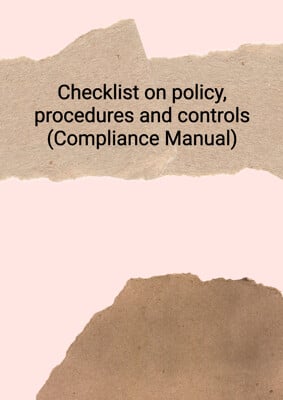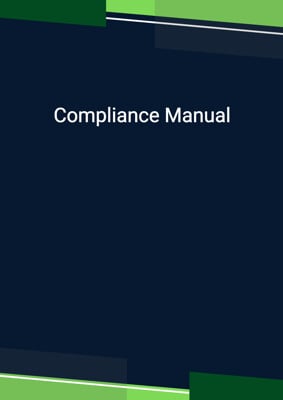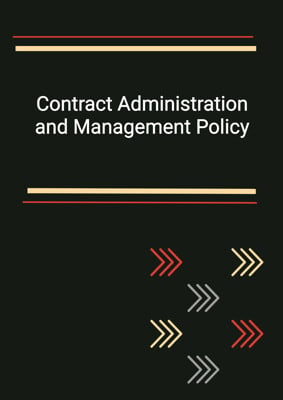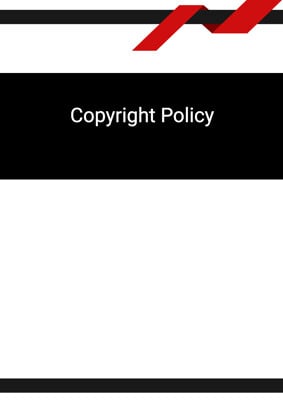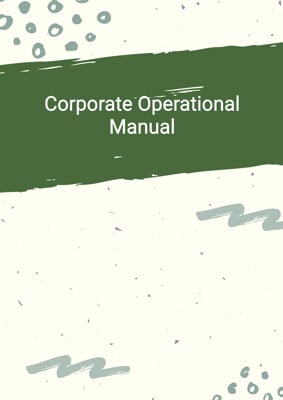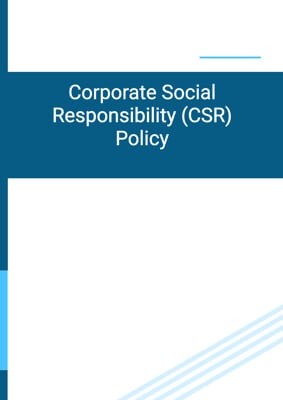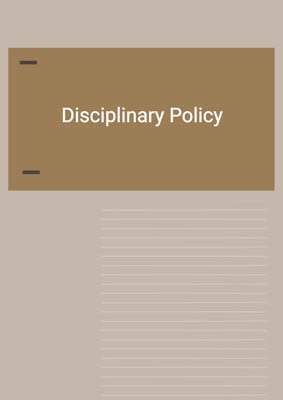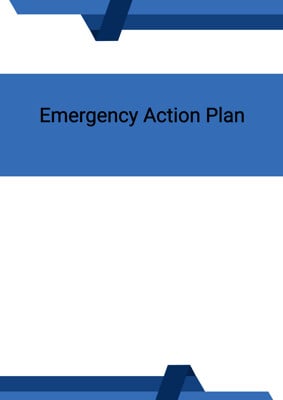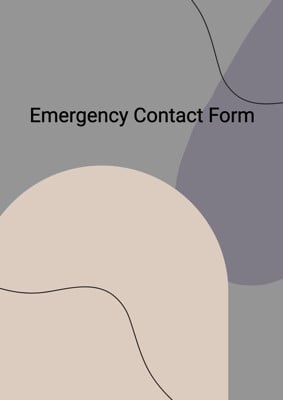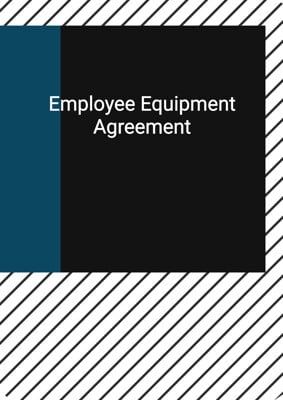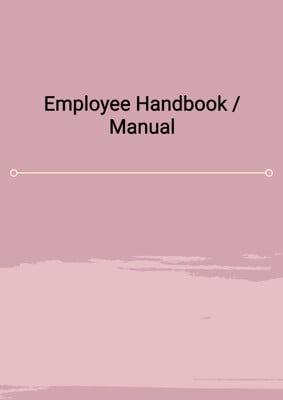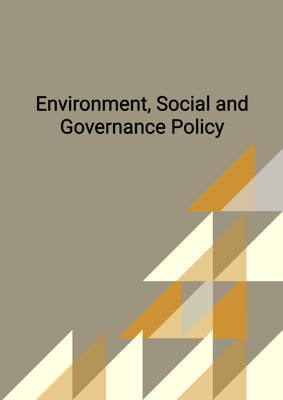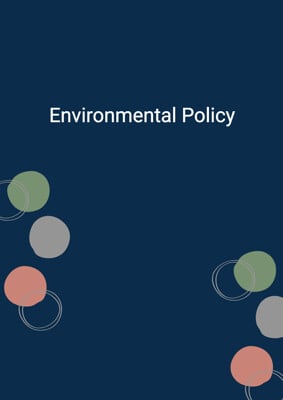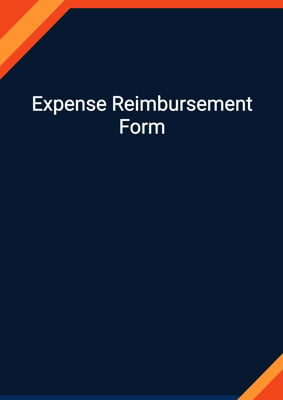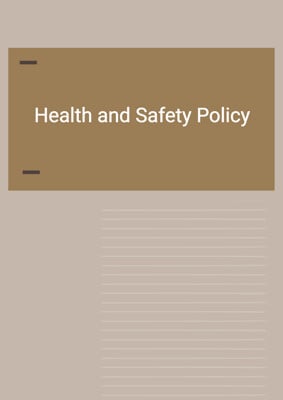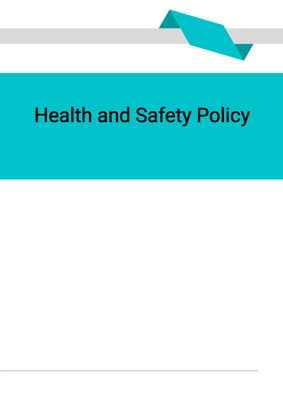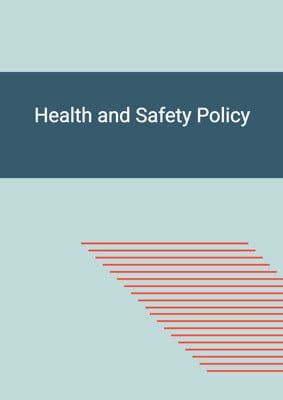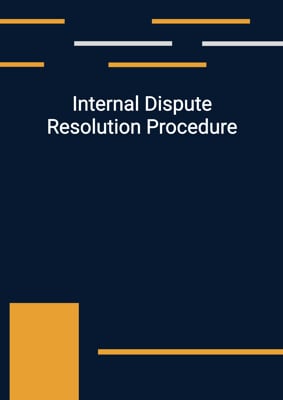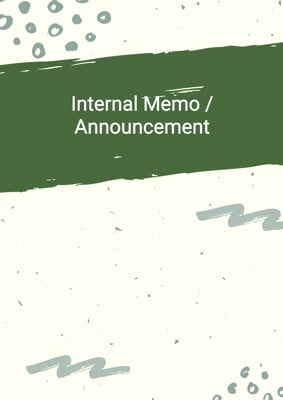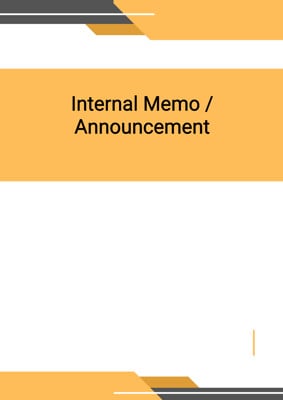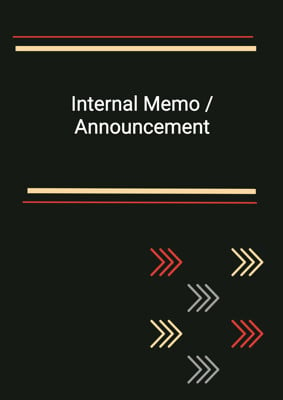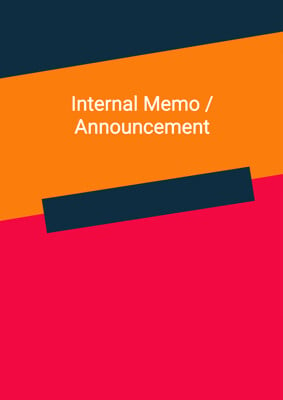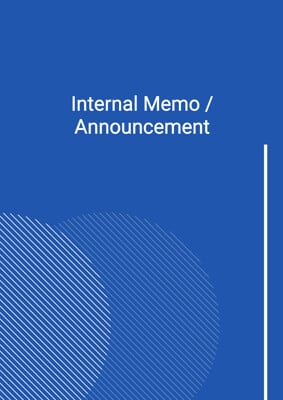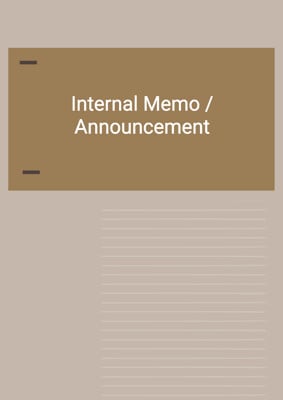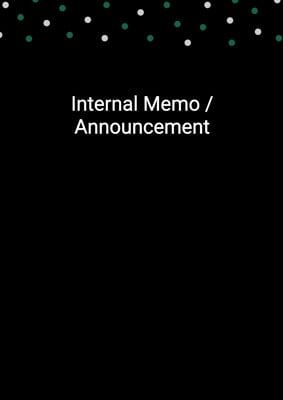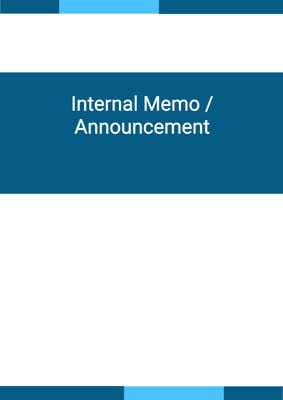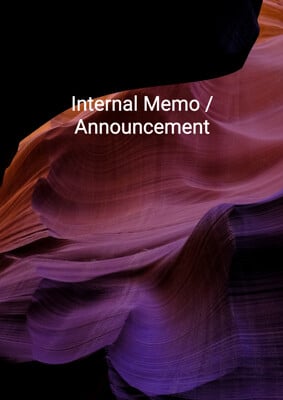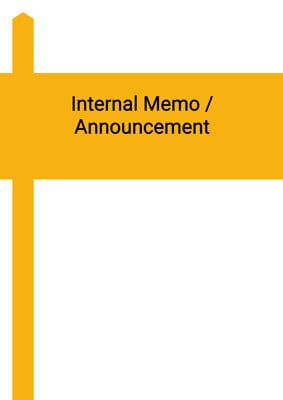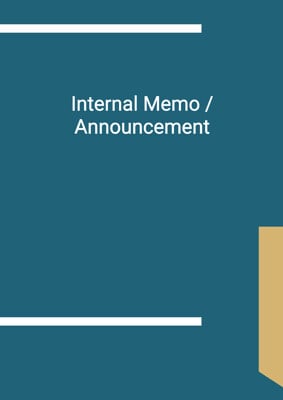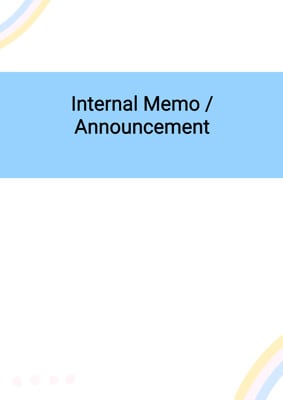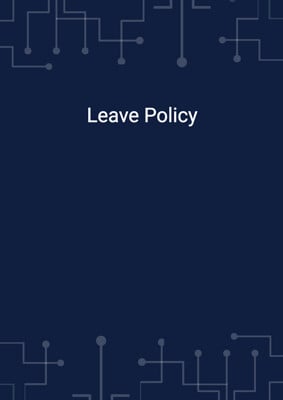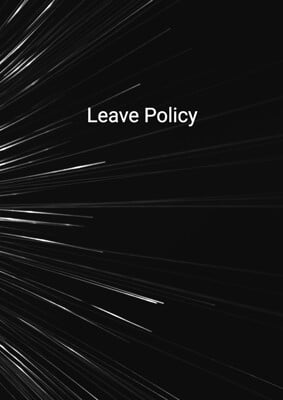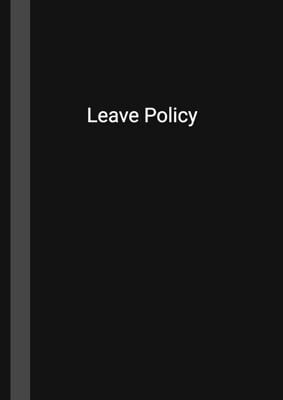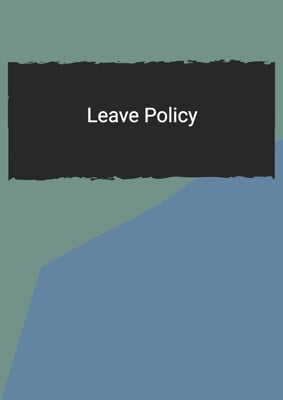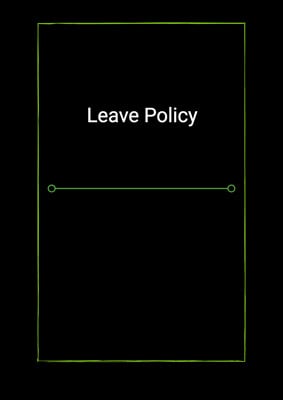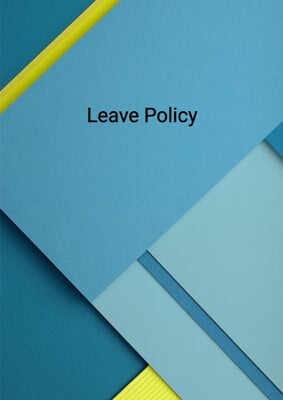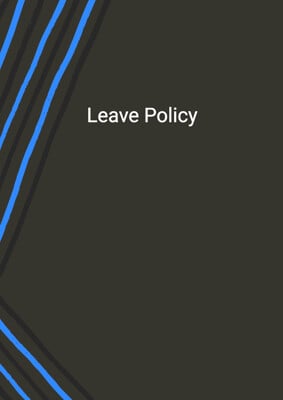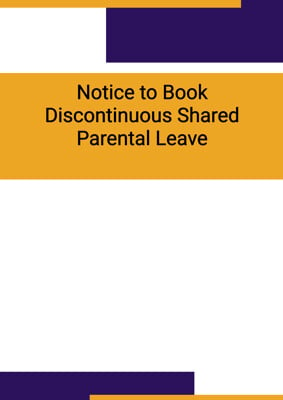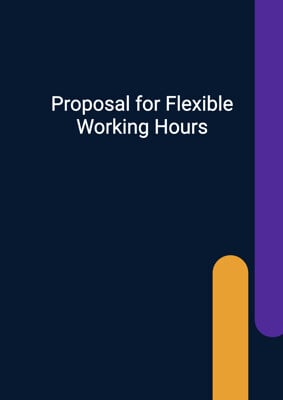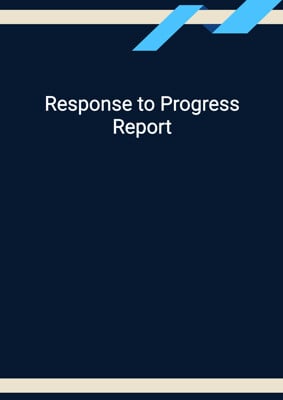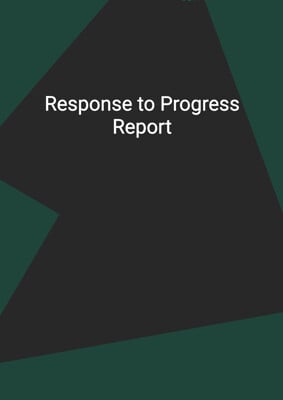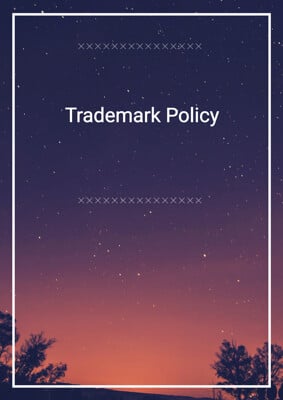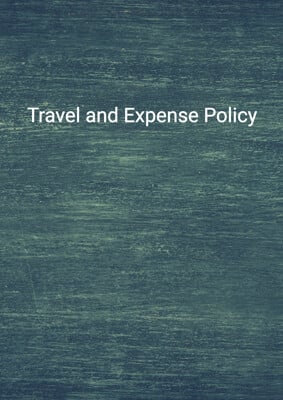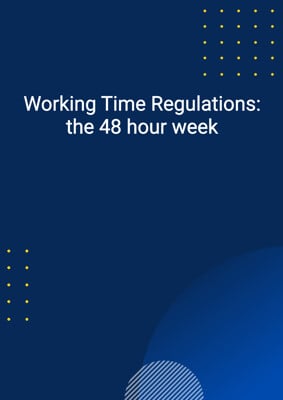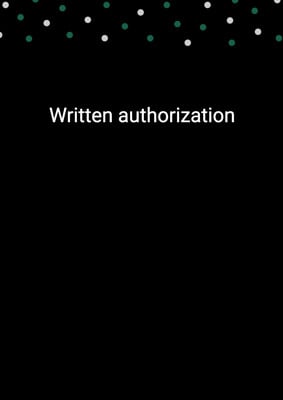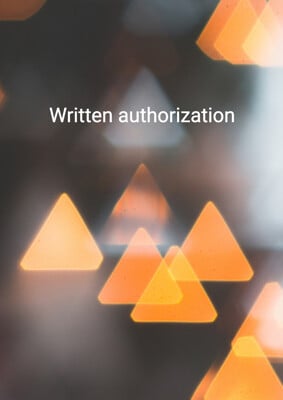How to Tailor the Document for Your Need?
01
Create Document
Click "Create Document" button and the document will be prepared with your account details automatically filled in.
02
Fill Information
Please fill in any additional information by following the step-by-step guide on the left hand side of the preview document and click the "Next" button.
03
Get Document
When you are done, click the "Get Document" button and you can download the document in Word or PDF format.
04
Review Document
Please review the document carefully and make any final modifications to ensure that the details are correct before publication / distribution.
Document Preview
Document Description
The 'Fair Use Checklist' document is an important tool for individuals and organizations to determine whether their use of copyrighted material falls under the fair use doctrine. The document provides a detailed checklist that considers various factors to assess the fairness of the use.
The entire document is divided into several sections, each focusing on a specific aspect of fair use. The sections include:
1. Purpose of Use: This section outlines the different purposes that favor fair use, such as teaching, research, scholarship, criticism, comment, news reporting, transformative use, restricted access, and parody. It also highlights opposing factors like commercial activity, profiting from the use, non-transformative use, entertainment, bad-faith behavior, and denying credit to the original author.
2. Nature of the Copyrighted Work: This section examines the nature of the work being used and considers factors that favor fair use, such as published work, factual or nonfiction-based content, and works important for educational objectives. It also identifies opposing factors like unpublished work, highly creative work (art, music, novels, films, plays), fiction, and consumable work.
3. Amount of the Work Used: This section focuses on the quantity of the copyrighted material used and considers factors that favor fair use, such as using a small portion that is not central or significant to the entire work, tailoring the amount to meet educational or other favored purposes. Conversely, it identifies opposing factors like using a large portion or the whole work beyond the favored purpose, using a portion that could interfere with a reasonable market for the use, or using the portion that is central to the work or the 'heart of the work.'
4. Effect on the Market: This section assesses the potential effect of the use on the market for the copyrighted work. Factors favoring fair use include owning a lawfully acquired or purchased copy of the original work, making few or modest copies, having no significant effect on the market or potential market for the copyrighted work, lack of a reasonable licensing mechanism, and absence of a similar product marketed by the copyright holder. Opposing factors include straight copying without transformation, using a portion that could interfere with a reasonable market for derivatives, availability of reasonably priced permissions or licensing mechanisms, making numerous copies, posting the work to the internet or making it widely accessible, and repeated or long-term use.
The 'Fair Use Checklist' document is a comprehensive guide that helps individuals and organizations assess the fairness of their use of copyrighted material based on various factors. By considering each section of the document in detail, users can make informed decisions regarding fair use and avoid potential copyright infringement.
How to use this document?
Guidance for using the 'Fair Use Checklist' document:
1. Familiarize yourself with the purpose of use section and identify the specific purpose for which you intend to use the copyrighted material.
2. Review the nature of the copyrighted work section to determine if it falls under the categories that favor fair use or if it has opposing factors.
3. Assess the amount of the work used by considering whether it is a small portion that is not central or significant to the entire work, or if it exceeds the favored purpose and could interfere with a reasonable market for the use.
4. Evaluate the potential effect on the market by considering factors such as owning a lawfully acquired copy, making few or modest copies, and whether the use would have a significant impact on the market or potential market for the copyrighted work.
5. Consider the guidance provided in each section and weigh the factors favoring fair use against the opposing factors.
6. Document your assessment and reasoning for each factor considered.
7. If unsure about the fairness of your use, consult legal counsel or seek permission from the copyright holder.
8. Regularly review and update your assessment as circumstances or laws change.
Note: The 'Fair Use Checklist' is a tool for guidance and does not provide legal advice. It is essential to consult legal professionals for specific legal advice regarding fair use and copyright laws in your jurisdiction.
Not the right document?
Don’t worry, we have thousands of documents for you to choose from:
